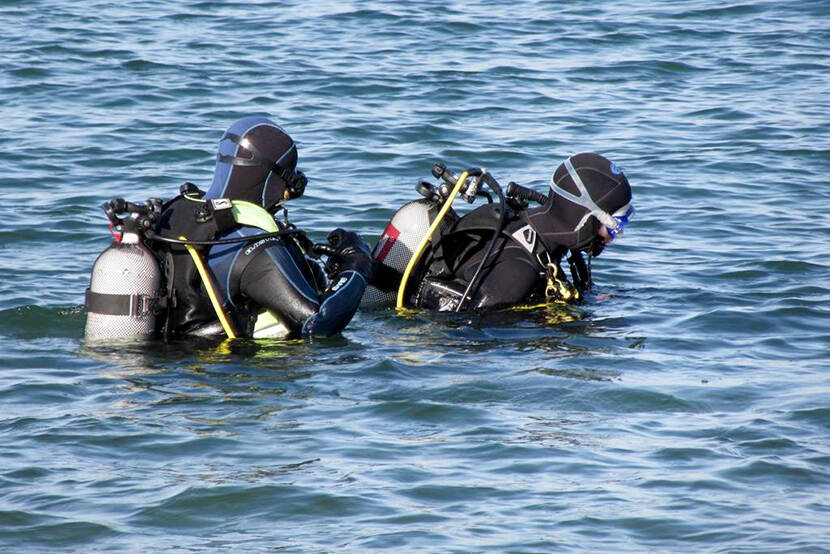barth
Contributor

Veiligheidswaarschuwing duikflessen
De Nederlandse Arbeidsinspectie waarschuwt de duikbranche om te controleren of hun duikflessen en de gemonteerde kranen compatible zijn. Als dat niet zo is bestaat namelijk het risico dat de kraan bij hoge druk met geweld uit de duikfles loskomt.
Wrong tank and valve….
(G3/4 tank and M25x2 valve )



